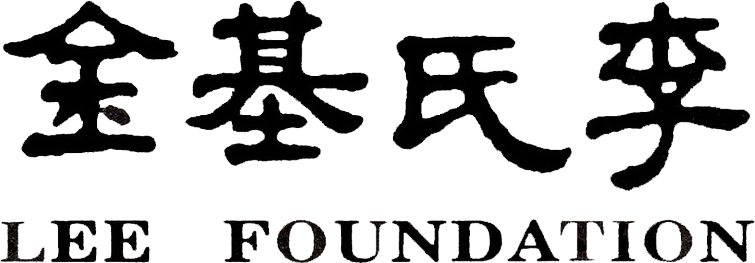Reminiscences by Lakshmi Viswanathan
It seems like yesterday…..a full house, with eager expectations at the Esplanade in Singapore when Aravinth Kumaraswami of Apsaras Arts presented a tribute to Tanjore as a highlight of Dance India Asia Pacific 2016. It is said, ideas should not be kept but used effectively. Aravinth’s idea of making several students perform what they had learnt from various teachers in the preceding years as a tribute to the roots of these dances in the magnificent culture of Tanjore, flowed as a stream of inspiration to me in Chennai. He asked me if I would be the presenter of this show. I told him, I have an idea, but let it be a surprise until we are on stage. While the dancers were in full rehearsal, I merely watched, only giving cues about my entrances and exits between the dances. What was I going to do? Well, that is my story as I write this.
Studious as always, I had, during my research of Tanjore dynasties, come across a dynamic royal personality. She was Kamakshibai Sahiba, the last Maratha queen of Tanjore, and one of the wives of Sivaji, the last ruler. I decided to be Kamakshibai, dressed in traditional Marathi style, complete with accessories, and dance to centre stage in the Lavani style, between each dance and tell the story of Tanjore from Raja Raja Chola to the final Maratha rule of Tanjore. The Marathas, descended from Chatrapathi Sivaji, were devoted to the Mother goddess Bhavani. So my entries were accompanied by a famous Bhimsen Joshi bhajan in a lilting thisra beat ” Jai Durge….matha Bhavani”. My moves were in suitable Lavani style, typical of Marathi dance.
As Raja Raja was an incomparable Shiva bhakta, the invocation dance by a group was the Shiva Panchakshara Stotra. I spoke as the story teller or Shabdkosh ( Sanskrit for racounteur). As the story of the great king unfolded in my speech, I shared nuggets of information about his patronage of dance, employing four hundred dancers to serve Brihadeeswara, and how his whole kingdom was ruled by Adavallan ( Nataraja) the lord of the dance. The anecdote of Raja Raja rediscovering the Thevaram hymns, in dusty bundles of palm leaves in the Chidambaram temple, and his edict to make the singing of these hymns in all the temples of his kingdom compulsory made a suitable impact on the listeners. To enhance this story Mohanapriyan glided on to the stage to perform select verses from the Thevaram anthologies, underlining the glory Shiva in Tanjore under the great king Raja Raja, and the everlasting relevance of the saints Appar, Sundarar, and Tirugnanasambandar.
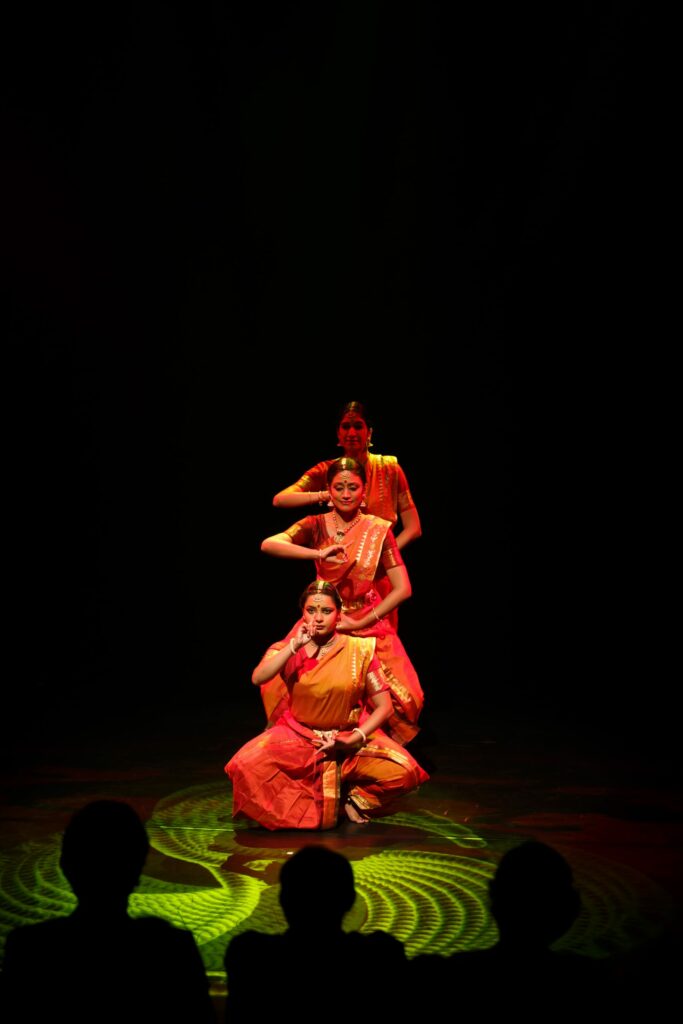
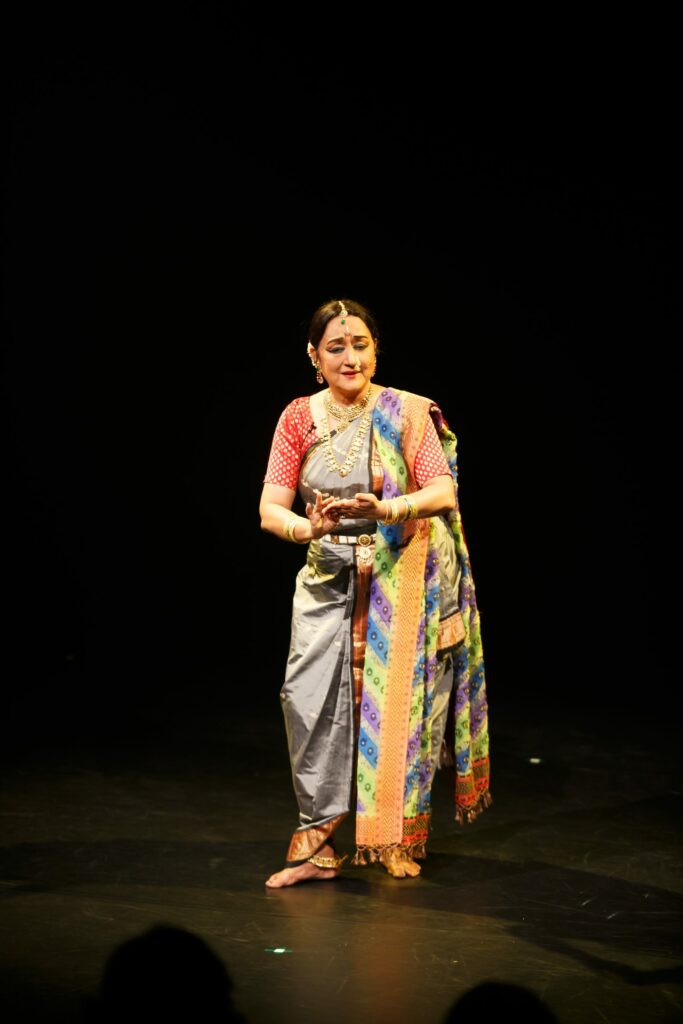
My narrative touched upon the hundred dark years when Tanjore came under a series of alien conquests. Then, I glorified the Renaissance which originated in the city of victory, Vijayanagaram.
The new dynasty were known as the Nayaks. As a wave of renewal and re- building spread across the kingdom, the kings patronised savants, poets, dancers, musicians and new temples. Raghunatha Nayak was an artist himself who modelled a new Veena. The Nayak court’s prime minister Govinda Dikshitar proved a great administrator. His son Venkatamakhi produced the resounding Melakartha classification of the Ragas of Carnatic music. And Kshetragna whose poems we do Abhinaya for, came to the court of Vijayaraghava Nayak and composed many Padams in his honour. Natyam was in full and dynamic splendour in temple and palace. The marvellous shrine for Subramanya ( Murugan) built within the vast grounds of the Brihadeeswara temple is to this day an icon of Nayak architecture and devotion. Seamlessly, my narrative flowed into the Skanda Kauttuvam presented by a set of agile dancers, making patterns of fluid Nrtta on the colourfully lit stage as a tribute to the gods and the sanctity of their abodes.
Mannargudi and SriVidya Rajagopala the presiding deity has alwayss been a favourite of devotees, poets, composers. The Nayak kings expanded this famous and vast temple, making it a landmark of their kingdom. Hailing from a small village called Oothukkadu near Tanjore, the great Vaggeyakar Venkatasubbayyar was a prolific composer of songs in praise of Krishna. He was a devotee of Mannargudi Rajagopala .Worthy of visualising them as dance, his compositions are popular to this day. Three sparkling dancers performed the Kalinga Narthana composition of this great composer taking the audience with them with fluid movements.
With pride and joy, I recounted the roots of Bharatanatyam as we know it today to the times of the Maratha dynasty that followed the Nayak rule of Tanjore. The glory of music and Natyam was promoted zealously by the Marathas who brought their own cultural ethos to Tanjore. The four renowned Nattuvanars known as the Tanjore Quartet were right there, patronised by each king. They were composing and conducting premieres of their great Pada Varnams, danced by young talented Devadasis in the grandeur of the palace. The Marathas were also devoted to Tyagesar the deity of Tiruvarur. Linking devotion to Sringara the court Gurus excelled in creating a new format, a trend for performance, which is stylish to to this day. The inimitable Bhairavi Pada Varnam Mohamana in Tamil was presented as a solo with a combination of Bhakti and Sringara pervading the dance. It was the best acknowledgment of the Paramapara of Nattuvanars.
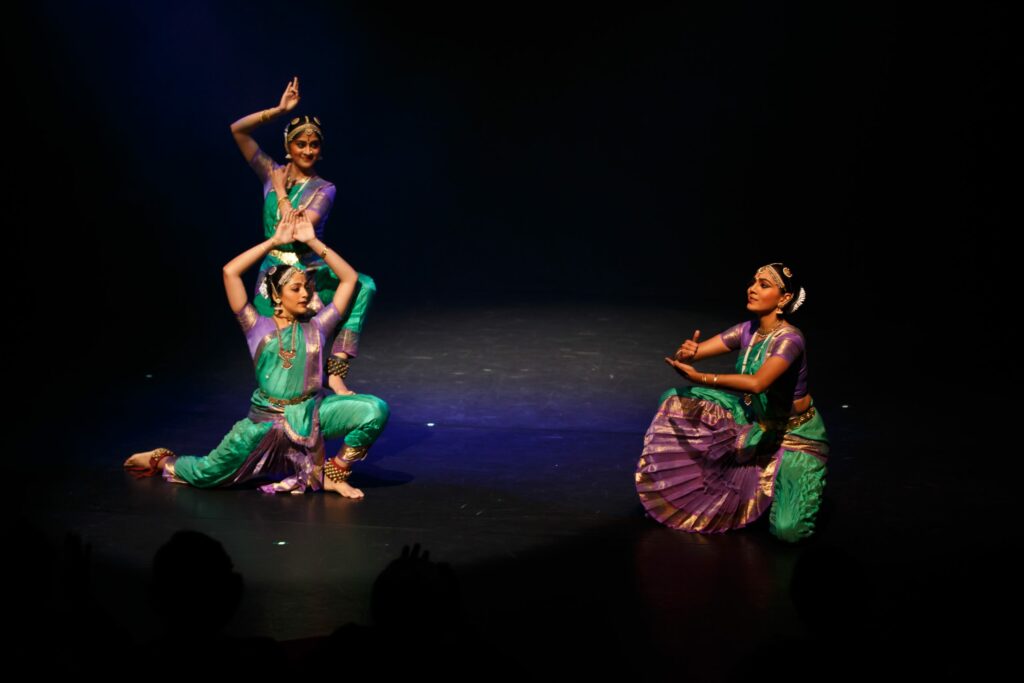
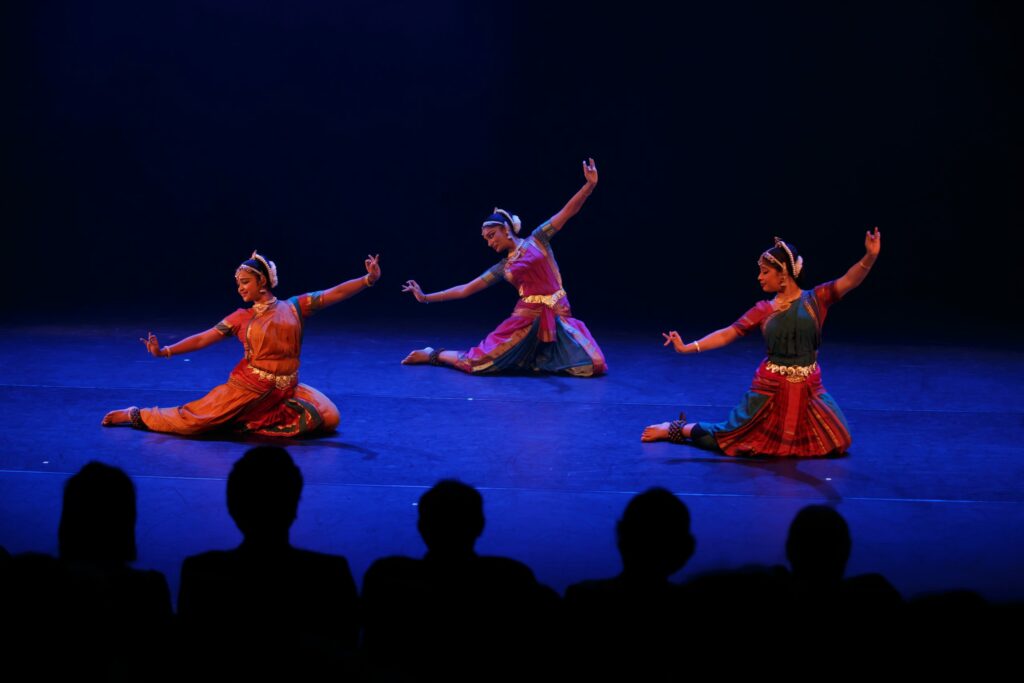
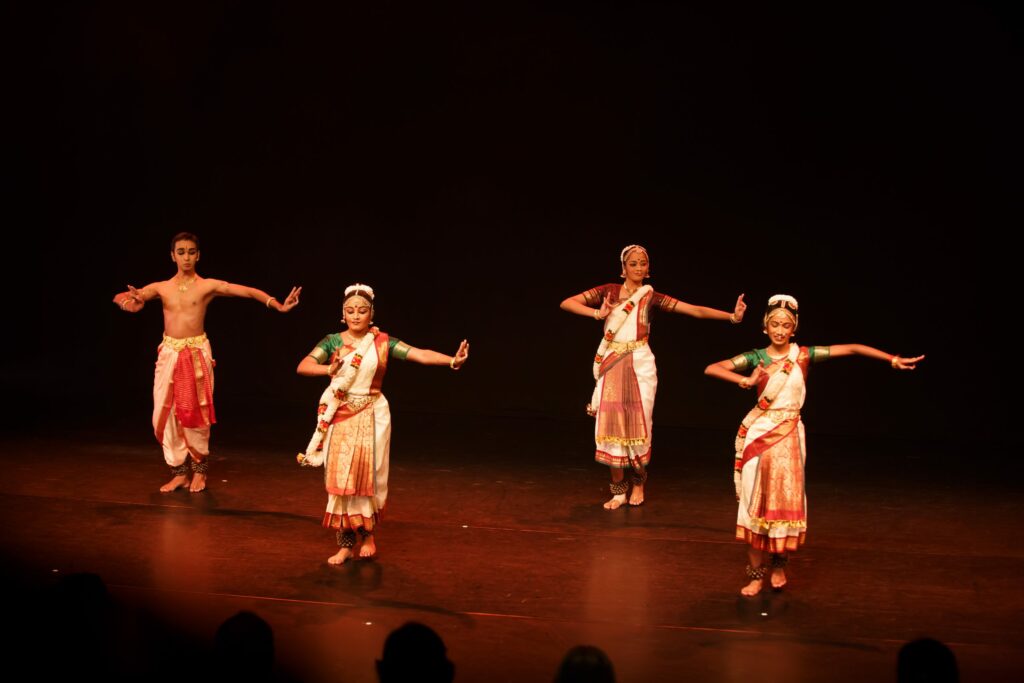

As Kamakshibai, I shared many an anecdote about the Maratha legacy still found in many aspects of Tanjore culture….the devotional music, Harikatha, the congregations of Bhajana singing, the Maths of religious heads, the inclusion of Hindustani musical modes and various crafts including the now proverbial Tanjore painting. With understandable pride, I said that the Tanjore Quartet have left for posterity their finest Varnam in praise of Sivaji the last king – Dhanike in Raga Todi.
With verve and vigour a group presented the finale, a Thillana. Perhaps even this musical piece known as Tarana in the north, was adapted to Bharatanatyam by the great Gurus with royal approval!
Thus the curtains came down with loud applause from an audience that felt fulfilled. They had heard an enlightening story, the thousand year old artistic legacy of Tanjore, narrated by a queen, peppered with wit and humour. They had seen the traditional select pieces of Natyam accompanied by lilting melodies taking over at regular intervals. The whole experience was a feast for the eyes, ears, minds and hearts. An evening of unforgettable aesthetic pleasure.




